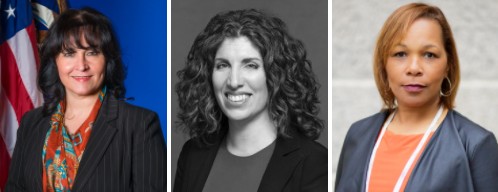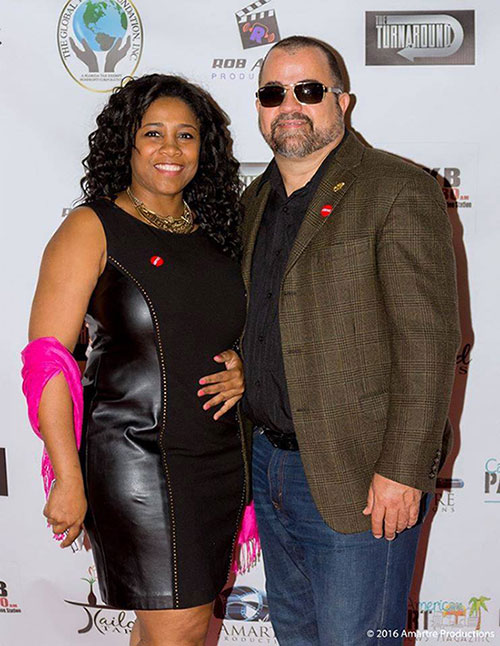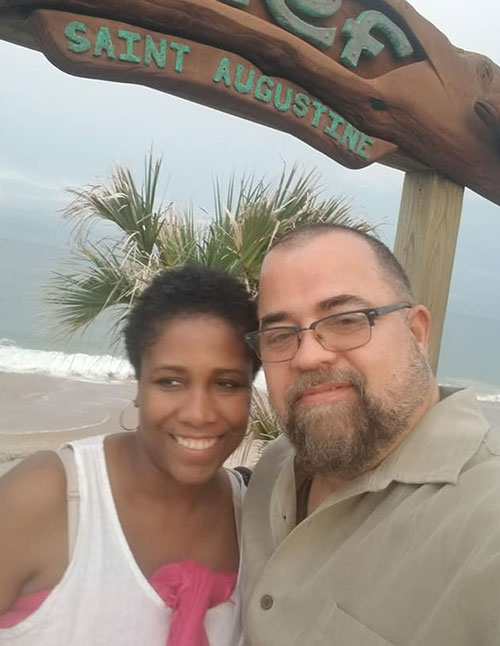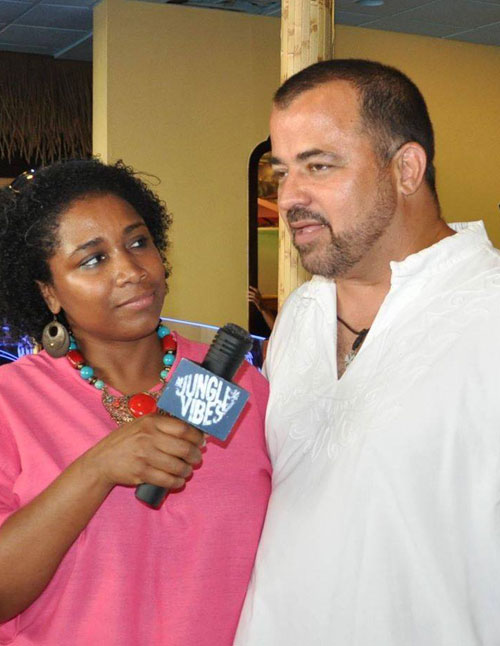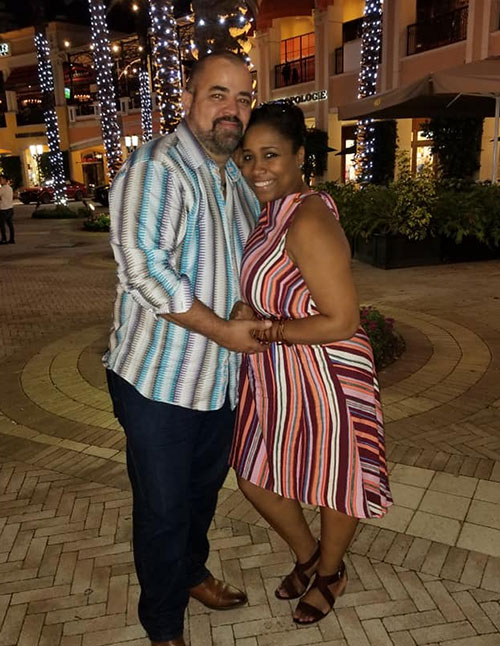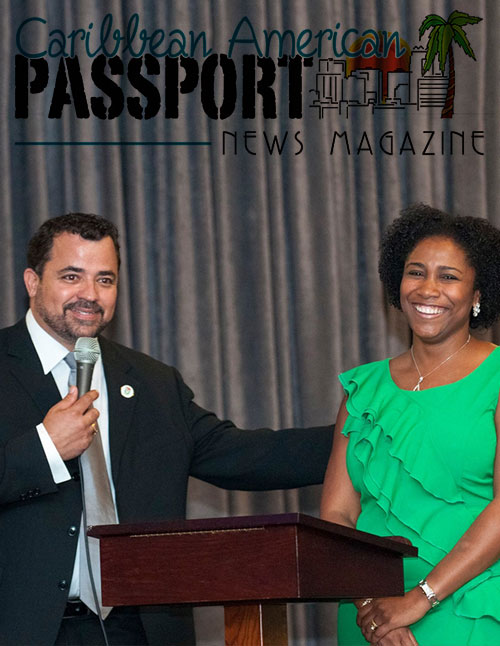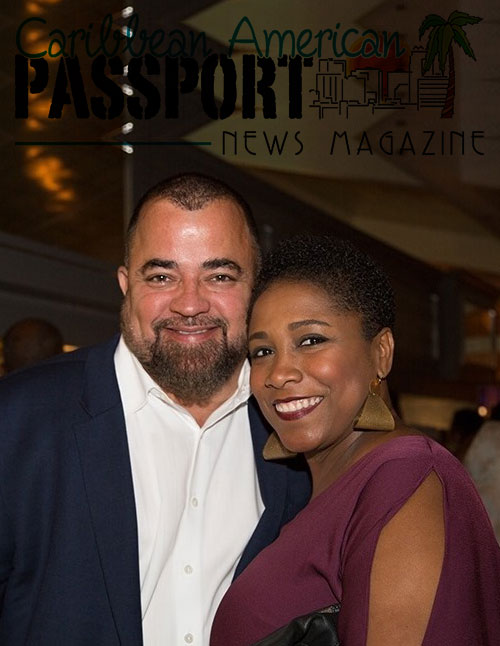From left to right: Dr. Gabriela D. Lemus, President, Progressive Congress; Myrna Pérez, Director, Brennan Center’s Voting Rights and Elections Program; Judith A. Browne Dianis, Executive Director, Advancement Project
Advocates warn about “whitelash” against the empowerment of voters of color, as reflected in last week´s violence.
By: Jenny Manrique
Despite historic voter turnouts on November 3 and January 5 in Georgia, voting rights advocates warn that last week’s assault on the Capitol constitutes a violent “whitelash” aimed at suppressing the growing empowerment of voters of color.
They also warned against complacency once Joe Biden is in office and the need to closely monitor the damaging effect disinformation will continue to have on his efforts to heal the country.
“We should not view the riots as an isolated incident. They were part of a broader effort undertaken in the halls of state and federal government to undermine the will of the people”, said Judith A. Browne Dianis, a civil rights attorney and co-director of the Advancement Project during a press conference organized by Ethnic Media Services. “These riots were motivated by the same anti-democratic sentiment that inspired lawmakers to challenge November’s election results based on baseless conspiracies and lies and misinformation about voter fraud perpetrated specifically in communities of color.”
For Browne Dianis, Wednesday’s attempted insurrection that left five dead and 12 wounded, is reminiscent of the Reconstruction Era of political violence, fueled by the ”racism and hatred” from those who feel they are losing power in the country, in front of a “rising majority” of voters of color.
“They came carrying Confederate flags with the idea that the Confederacy would rise again,” said Browne Dianis. “The police response to that moment underscores for us the unequal treatment of people,” added the lawyer, referring to the tepid response of the police on Capitol Hill in comparison to the use of military force to disperse the Black Lives Matter protests.
The last elections saw the highest voter turnout in the history of the country, with a record number of voters of color in cities such as Milwaukee, Philadelphia, Detroit and Atlanta.
This despite strict voter identification laws in states like North Carolina and Georgia, and attempts by local legislatures like Pennsylvania and Michigan to toughen standards for signature matching on the ballot.
This despite the complications to vote for homeless people, those unhoused or with address difficulties, a population that increased dramatically due to the eviction crisis caused by the pandemic.
This despite the redistricting that has allowed the Republican Party to draw their jurisdictions to exclude voters of color, and being reelected several times by their white constituents.
“As we become more and more successful (as voters), there are more repressive mechanisms, they are very subtle sometimes and sometimes they are less subtle,” said Gabriela D. Lemus, board chair of Mi Familia Vota (MFV), an organization that promotes the vote in states with large concentrations of Hispanics such as Arizona, California, Colorado, Florida, Nevada, and Texas. In 2020 MFV launched a $10 million campaign called #BastaTrump (Enough of Trump), which extended its work to the swing states of Michigan, Pennsylvania, Wisconsin and Georgia.
Their efforts were undoubtedly successful: more than 14 million Hispanic voters participated in the presidential elections, 8.6 million did so during early voting, and 2.4 million were new voters. But analysts fear that other factors, such as the extensive use of misinformation through social media and complacency over Biden’s victory, will decrease turnout in upcoming elections.
“As a group (Latinos) we are low-propensity voters and we don’t need to be more discouraged”, said Lemus. “But the level of misinformation is so extreme, especially in Spanish-language media that sometimes is not overseen as closely by the FCC (Federal Communications Commission) as English media. That is something we fight on a regular basis. “
According to Myrna Perez, director of the Brennan Center’s Voting Rights and Elections Program, this risk could add to the tendency of voters to “take something this cataclysmic”, to participate at the levels seen in 2020.
“Because this election turned out the way that some people wanted it to, folks could stop feeling the urgency to participate in things that happen at a local level… and down-ticket races matter a lot.”
Perez explained that while the pandemic put barriers to voting in person, 35 states changed some policy to make voting by absentee ballots easier and more affordable. This as a result of the pressure on institutions from activists, lawyers, athletes, celebrities and people from all walks of life.
“The barriers that black, brown, and Asian communities have to deal with all the time … suddenly (because of the pandemic) became extended to communities that are usually not disenfranchised, and then people started saying: ‘oh my gosh, there’s a lot of cracks in the system’.”
The Brennan Center tracked 340 cases in which the election results were litigated; most of them failed in the attempt to flip the presidential election results.
But while there were no coordinated assaults to sabotage the elections, “we did have a lot of what I call random jerks with guns and trucks blocking access to the polls, scaring and threatening voters at much higher rates than I had ever seen before, ” said Perez. There were also death threats against election administrators.
Not in the Constitution
The paradox is that in a country that has a robust electoral calendar each year to elect officials ranging from trustees of school boards to legislators of different chambers, the right to vote does not explicitly live in the Constitution.
“What we hope is that we can get to a point where is acknowledged in the Constitution so that when we bring lawsuits, the courts will treat it the same way they treat the First Amendment”, said Browen Dianis of the Advancement Project. She worked with Senators Elizabeth Warren and Richard Durbin on Joint Resolution 75 that seeks to guarantee the universal right to vote, even for people with felony convictions.
Congress is also expected to discuss the John Lewis Voting Rights Advancement Act, that seeks to restore full protection from the original bipartisan Voting Rights Act of 1965. This law was seriously affected by the 2013 Shelby County decision, which allowed several states to pass voter suppression laws without preclearance, disproportionately impacting minorities, the elderly and the young.
The John Lewis Act comprises a list of seven categories of changes in voting rights that states can only make with federal authorization, (for example moving ballot boxes), increases notice and waiting requirements for these changes, and adds a force of federal observers to protect the vote, explained
There is also the H.R.1 Act that seeks to reduce the election administration’s problems and the influence of big money on politics.
The panelists insisted that to combat the structural racism that permeates the elections, it is necessary to invest in voter education with a focus on new citizens, in closing the digital divide in marginalized communities and in having contingency plans to shield the process from extraordinary situations like a pandemic.

